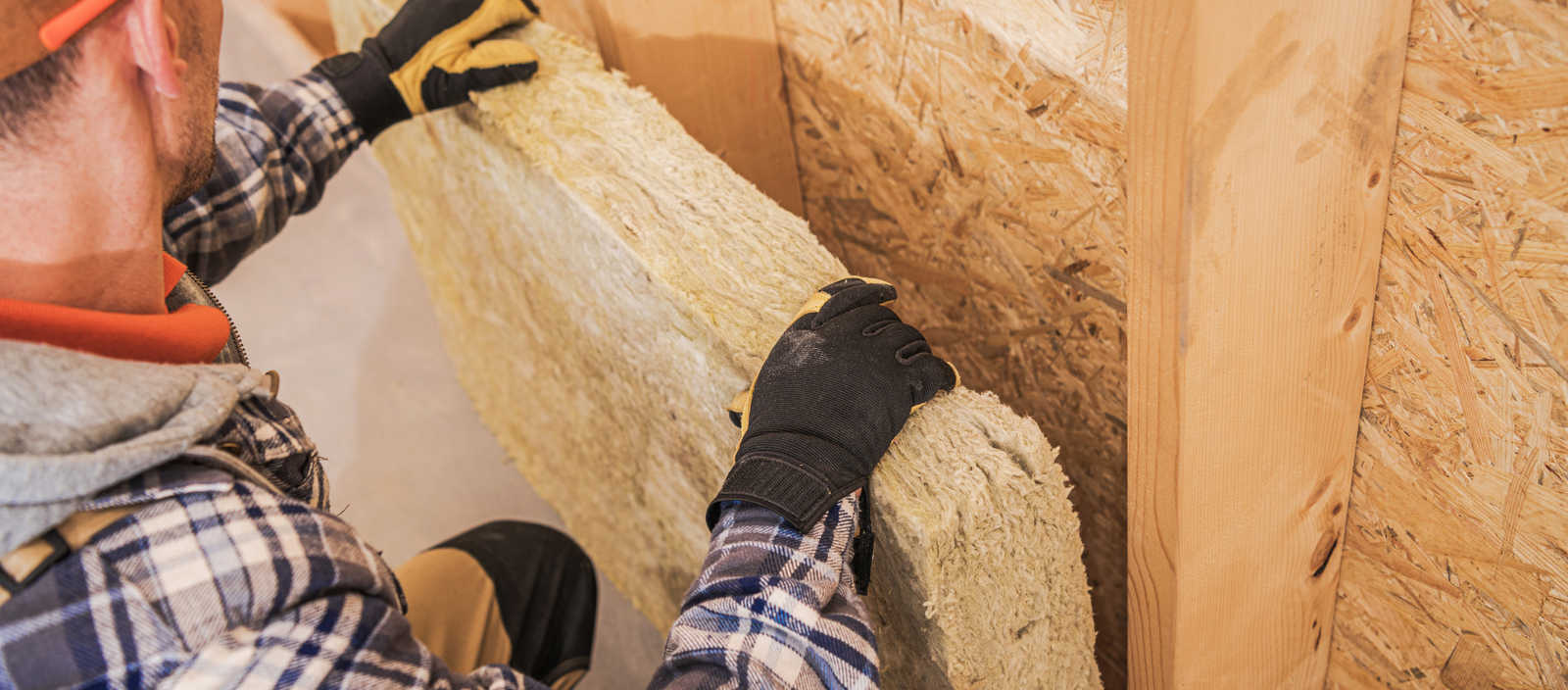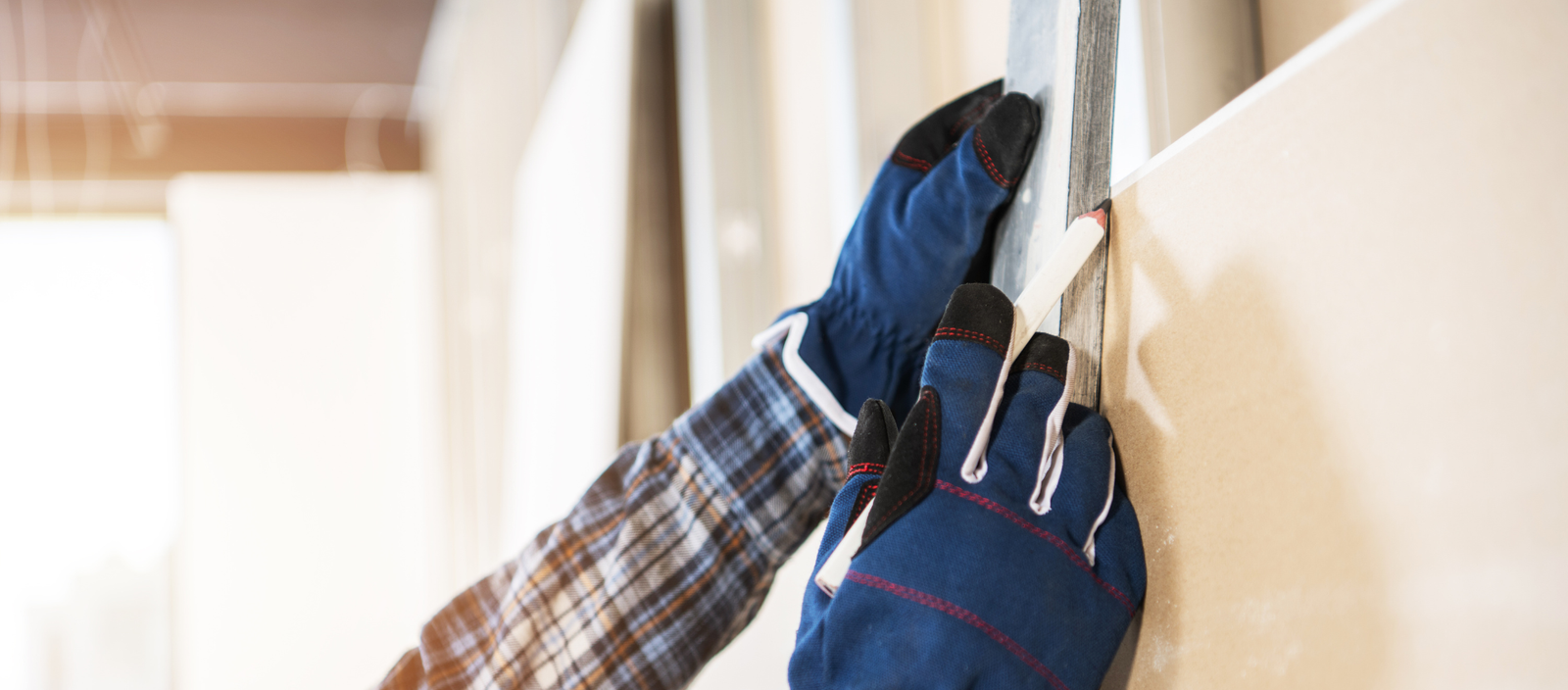Wall Insulation Guide | Benefits, Types & Installation Tips
Wall Insulation: Enhancing Comfort, Efficiency, and Value
Wall insulation plays a pivotal role in home performance, offering thermal regulation, acoustic benefits, and energy savings. In this comprehensive guide, we cover material choices, installation techniques, cost analysis, and maintenance for residential and commercial wall insulation. Weave through insights from ABC Building Systems and external authorities to empower your decision-making.
Table of Contents
- Importance of Wall Insulation
- Insulation Materials for Walls
- Installation Methods
- Cost & ROI
- Maintenance & Longevity
- Conclusion
- FAQ
Importance of Wall Insulation
Effective wall insulation reduces heat transfer, stabilizes indoor temperatures, and lowers HVAC loads. It complements roof insulation and roof repairs for a holistic envelope solution. Benefits include:
- Energy Savings: Up to 20% reduction in heating and cooling costs (NREL).
- Sound Dampening: Thicker insulation materials block external noise (Building Science Digest).
- Moisture Control: Minimizes condensation when paired with vapor barriers (Insulation Institute).
Insulation Materials for Walls
Fiberglass Batts
Cost-effective and DIY-friendly, fiberglass batts fit standard stud spacing. R-values range 3.1–4.3 per inch (This Old House).
Spray Foam
Open-cell and closed-cell spray foam provide superior air sealing. Ideal for irregular cavities and additions like roofing replacement. R-values: 3.6–7.0 per inch (Spray Foam Advisor).
Blown-In Cellulose
Environmentally friendly, cellulose uses recycled paper. Suitable for retrofits: drill-and-fill into existing walls Attic Insulation
Rigid Foam Boards
Extruded (XPS) and polyiso boards add continuous insulation on exterior walls. Prevents thermal bridging (Foamglas).
Installation Methods
New Construction
Install batts or boards before drywall. Account for electrical/plumbing chases to avoid gaps.
Retrofit Solutions
Use blow-in cellulose or spray foam through drilled holes. Finish with drywall repair.
Air Sealing
Seal penetrations with caulk and weatherstrip before insulation: outlets, plumbing, wiring. Combine with airsealing.org best practices.
Cost & ROI
Costs vary by material and region. Approximate averages per square foot:
- Fiberglass: $0.40–$1.20
- Cellulose: $1.00–$2.20
- Spray Foam: $1.50–$4.00 (ANGI)
ROI typically realized in 3–6 years via energy savings (HomeAdvisor).
Maintenance & Longevity
Inspect annually for settling, moisture, or pest intrusion. Top-up loose-fill materials every decade. Replace damaged sections promptly (HomeInspector.org).
Conclusion
Wall insulation is a cornerstone of building efficiency. Whether upgrading roof installations or enhancing wall cavities, quality insulation delivers comfort, savings, and environmental benefits. Consult ABC Building Systems for tailored solutions.
Frequently Asked Questions
Q1: What R-value is recommended for walls?
A: R-values of R-13 to R-21 are standard; colder climates lean toward higher R-values (IECC).
Q2: Can I retrofit wall insulation without major demolition?
A: Yes, blow-in cellulose or injection spray foam enable retrofit with minimal drywall removal.
Q3: How does wall insulation affect indoor air quality?
A: Proper sealing reduces drafts and moisture; ensure ventilation to prevent indoor pollutants buildup (Healthy House Institute).
Q4: Is spray foam insulation worth the extra cost?
A: While spray foam is pricier, its high R-value and air-sealing properties offer superior performance and quicker payback (Spray Foam Magazine).
Q5: How do I choose between insulation types?
A: Base choice on budget, cavity access, environmental considerations, and performance needs. Consult a professional for site-specific recommendations.



